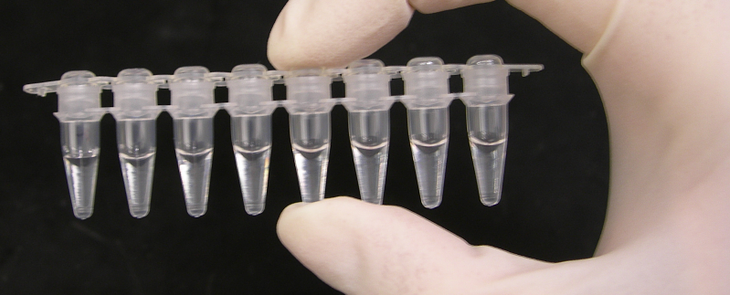To achieve reproducible findings in many enzymatic assays, the substrate and sample must be incubated at specific temperatures without evaporation. If you don’t want to pay thousands for a 96-well plate incubator, than there are two main ways to do this:
-The first is preparing 1.5mL Eppendorf tubes and thoroughly vortexing the final solution to ensure tight replicates after transferring to a 96-well plate for reading. The Eppendorf tubes are then incubated in an air or water bath incubator.
-The second faster option is to add substrate and sample together directly into a 96-well plate, forgoing a vortex, and incubating the plate with the loose-fitting lid. The problems with this technique include condensation formed on the lid as well as non-uniform heating of the 96-well plate during incubation.
Considerable time can be saved by the second option, the 96-well plate method, and robust enzymes will react willingly without a thorough vortex. However temperamental enzymes can go silent in protest due to lack of a vortex.
If you want a happy medium of even heat-distribution, homogenization, and non-evaporation, 96-well plate incubators will cost over $10,000. Don’t look so glum yet though. Good old PCR thermocyclers might be a perfect incubator for your temperamental enzyme assays!
Our newest writer, Ben Haslund-Gourley, tried the enzymatic reactions in 200µl PCR tubes and found quite pleasing results. This method retains the benefits of vortexing before incubation like 1.5mL Eppendorfs allow, but also for efficient transfer of the reactions with a multi-well pipette to a 96-well plate after for a reading. In addition, the 100°C lid eliminates any fluid condensate accumulating on the lids.
This trick can increase the number of samples and the quality of those samples for your whole lab and save you 5-10% of the cost for a lab tech for the year.

